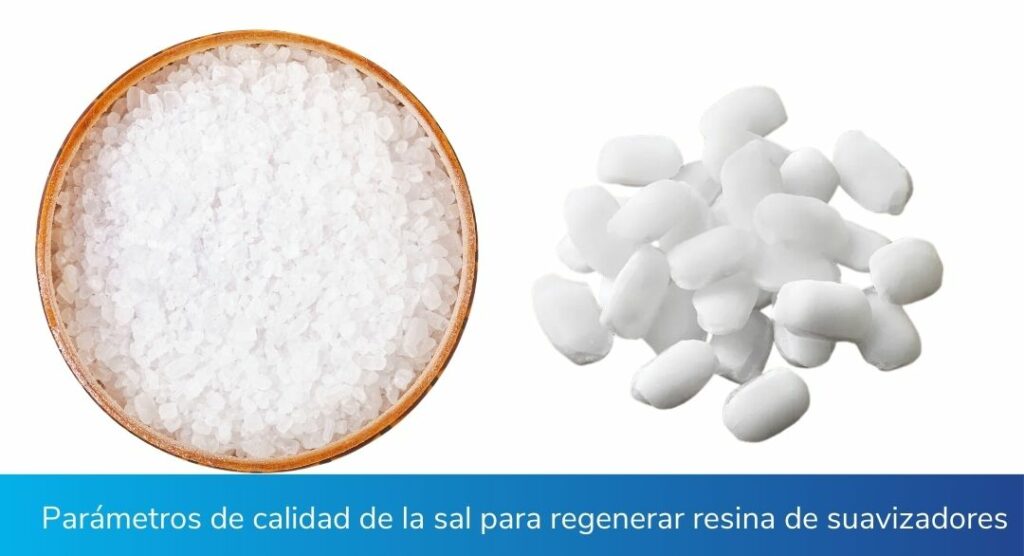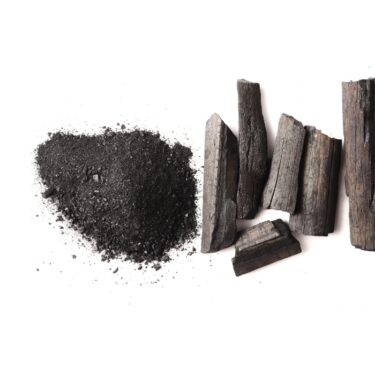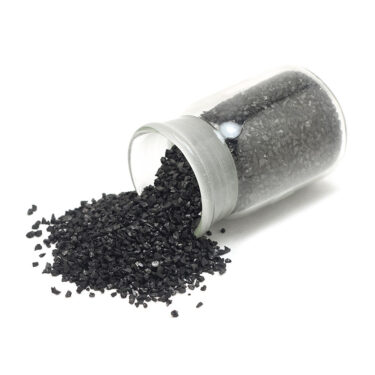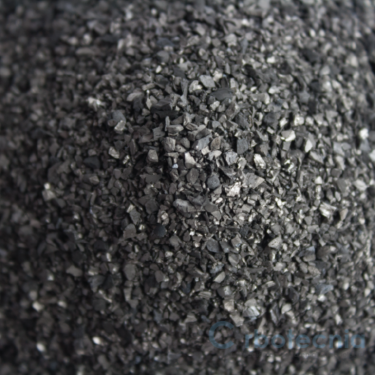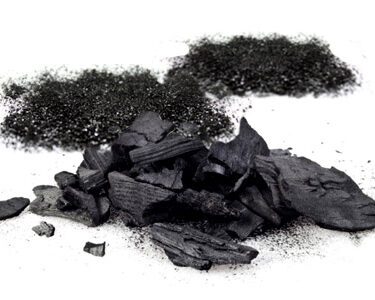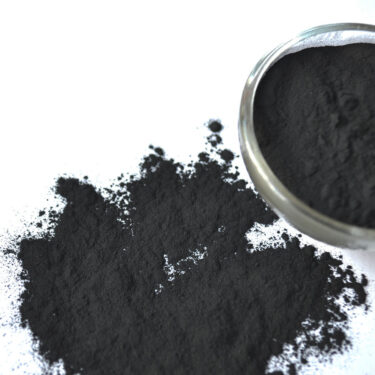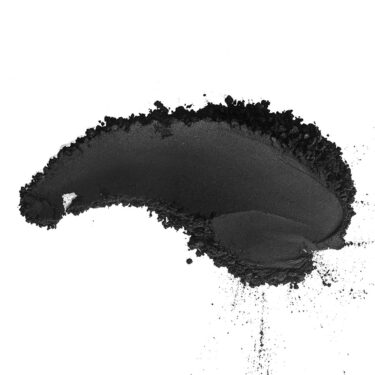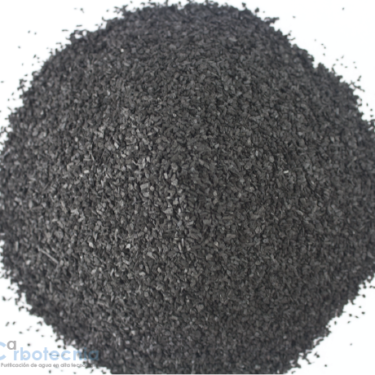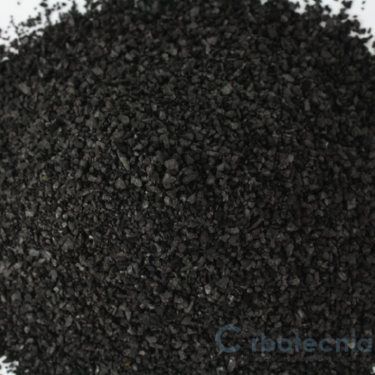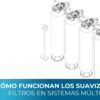Significance of salt quality parameters for regenerating softening resins
In essence, the salt for regenerating softening resins is sodium chloride. The element that performs the regeneration is sodium, which replaces the calcium and magnesium retained by the resin in the water softening process.
Regeneration salt is commercially available in two presentations: granular and pelletized.
As for their degree of purity, the parameters most frequently reported by manufacturers are:
- Sodium chloride content.
- Calcium and magnesium content.
- Contains some highly toxic heavy metals.
- Content of water-insoluble compounds.
- Moisture content
The meaning of each of these parameters is as follows:
1. Sodium chloride: ideally, 100% of the salt should be sodium chloride. However, all commercial products contain impurities. Among the commercially available salts for regenerating softening resins, all have a sodium chloride content between 99 and 99.6 %. There is no significant difference between the different brands, so this parameter does not represent an important assessment criterion.
2. Calcium and magnesium: since calcium and magnesium are the main cations that constitute water hardness, their presence in salt for regenerating resins is undesirable. The percentage of calcium and magnesium in the different brands is very similar, ranging from 0.25 to 3.5 %. Therefore, this parameter does not allow us to distinguish between one salt and another.
3. Highly toxic heavy metals: not all brands report the content of these compounds, which are obviously undesirable. If a brand does not report it, but has a safety-related certificate, such as NSF, it is because the content is low. When a brand does not report it and does not have a certificate, an assessment cannot be made.
4. Water-insoluble compounds: these compounds do not affect the regeneration process. However, they erode and damage the valve internals used by the softeners. The different brands of salt can be divided into two groups: those whose insoluble content is less than 0.05%, and those whose insoluble content is less than 0.1%. Although both levels are low, the former is about half. In the case of brine tanks in which brine is formed without agitation of the liquid (keeping the tank full of salt at all times), it should be considered that they should be washed when the sludge that has accumulated at the bottom is appreciable. The second group will make it necessary to wash the brine tank twice as often.
5. Moisture content: The moisture content of commercial salt for resin regeneration is between 0.2 and 0.5 %. The higher percentage does not represent a particular problem. Simply put, the lower the percentage, the more the customer gets for his money.
In terms of form, which is better, granular or pelletized salt?
Granular salt has a particle size range of 1.19 to 4.76 mm. Pelletized salt consists of ovoid-shaped particles with a diameter greater than about 9.50 mm. Pelletized salt is more attractive. It suggests that it is a better controlled product. In tanks in which the brine is formed without agitation, it leads to think that, as it dissolves as the salt lowers in the brine tank, it will not form a solid mass that will cover the point through which the brine is sucked into the softener. The reality is that neither granular salt nor pelleted salt generates this clogging, so the shape of the salt is not a good criterion for choosing between different brands or types of salt.
Is iodized or fluoride salt suitable for regenerating softening resins?
It is not recommended to use iodized or fluoride salt to regenerate softening resins in water treatment systems. The salt used in these systems must be pure sodium chloride, without additives such as iodine or fluoride. The presence of iodine or fluoride in the salt could affect the efficiency of the water softening system and potentially damage the resins.
Softening resins contain sodium ions that exchange with calcium and magnesium ions in hard water during the regeneration process. If salt with additives such as iodine or fluoride are used, they can interfere with ion exchange and reduce the ability of the resins to soften the water effectively.
Comparative table between different brands of granular and pellet salt.
|
Industrial grain salt 1 |
Salt in pellets brand 1 |
Salt in pellets brand 2 |
Salt in pellets brand 3 |
Salt in pellets brand 4 |
Salt in pellets brand 5 |
|||||||
|
Min |
Max |
Min |
Max |
Min |
Max |
Min |
Max |
Min |
Max |
Min |
Max |
|
|
Humidity (%) |
0.30 |
0.20 |
0.25 |
0.2 |
0.20 |
0.50 |
||||||
|
Insoluble (%) |
0.04 |
0.05 |
0.03 |
0.10 |
0.10 |
0.030 |
||||||
|
NaCl (%) |
99.55 |
99.60 |
99.40 |
99.60 |
99.00 |
99.00 |
||||||
|
SO4= (%) |
0.25 |
0.30 |
0.30 |
0.40 |
0.40 |
0.04 |
||||||
|
Mg++ (%) |
0.04 |
0.04 |
0.03 |
0.15 |
0.10 |
3.50 |
||||||
|
Ca++ (%) |
0.09 |
0.10 |
0.12 |
0.15 |
0.001 |
|||||||
|
Toxic metals, ppm (arsenic, cadmium, mercury, lead) |
1.5 |
1.5 |
1.6 |
3.1 |
3 |
|||||||
|
Ammoniacal nitrogen (ppm) |
1 |
1 |
||||||||||
|
Nitrites (ppm) |
Does not contain |
Does not contain |
||||||||||
|
Nitrates (ppm) |
Does not contain |
Does not contain |
||||||||||
|
Foreign matter (%) // Impurities (%) |
0 |
0.15 |
0.60 |
0.10 |
0.20 |
1 |
||||||
|
GRANULOMETRY |
||||||||||||
|
Retained U.S. 3/8 |
90 |
100 |
90 |
97 |
||||||||
|
Retained U.S. 4 |
65 |
0 |
2 |
0 |
2 |
|||||||
|
Withheld U.S. 16 |
35 |
|||||||||||
|
Retained U.S 20 |
0 |
2 |
0 |
2 |
||||||||
|
Pass U.S. 16 |
2.5 |
|||||||||||
|
Pass U.S. 20 |
0 |
5 |
0 |
5 |
||||||||
*The data in the table were taken from the suppliers’ technical data sheets and quality certificates.
Drafted GGC 231211
Share:
If you need more information, please contact us.
Some products that may interest you
-
AA-3 Activated carbon to reduce color and flavor in tequila and other distilled spirits
Add to quote -
Micro K Coconut shell activated carbon
Add to quote -
Micro 4 LF Coconut shell activated carbon free of fines
Add to quote -
Megapol C – Wood powder activated carbon
Add to quote -
Megapol E – Wood powdered activated charcoal
Add to quote -
Micropol 4 200 – Coconut shell powdered activated carbon
Add to quote -
Mega – Wood granular activated carbon
Add to quote -
Gama L – Lignite coal mineral activated carbon
Add to quote

